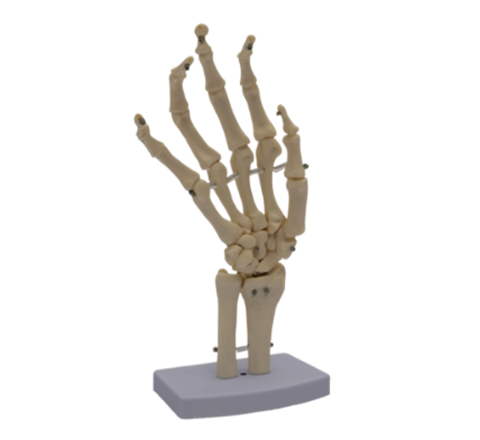Science and education 3D models

Seashell • Artec Studio

Skeleton forearm • Artec Studio

Knight’s helmet • Artec Studio

Snout beetle • Artec Studio

Grasshopper • Artec Studio

Dutch Police mock crime scene • Combo • HD

Footprint • Combo • HD

Divers’ helmet • Leo • HD

Forensic mannequin at crime scene • Leo • HD

Crime scene hatchet • Leo • HD

Beetle • Micro

Goat skull • Leo • HD

Hominid skull • Space Spider

Giraffe skull • Eva • HD

Lobster HD • Eva • HD

Miss Lucy, aka "Scoots" • Leo

Mr. Wilson, aka "Bamboozle" • Leo

Squirrel skull • Micro

Alligator tail • Eva

The Kensington Runestone • Combo

Stegosaurus skeleton • Space Spider

Mushroom (pleurotus eryngii) • Space Spider

Bovine heart • Space Spider

Puffer Fish • Space Spider
